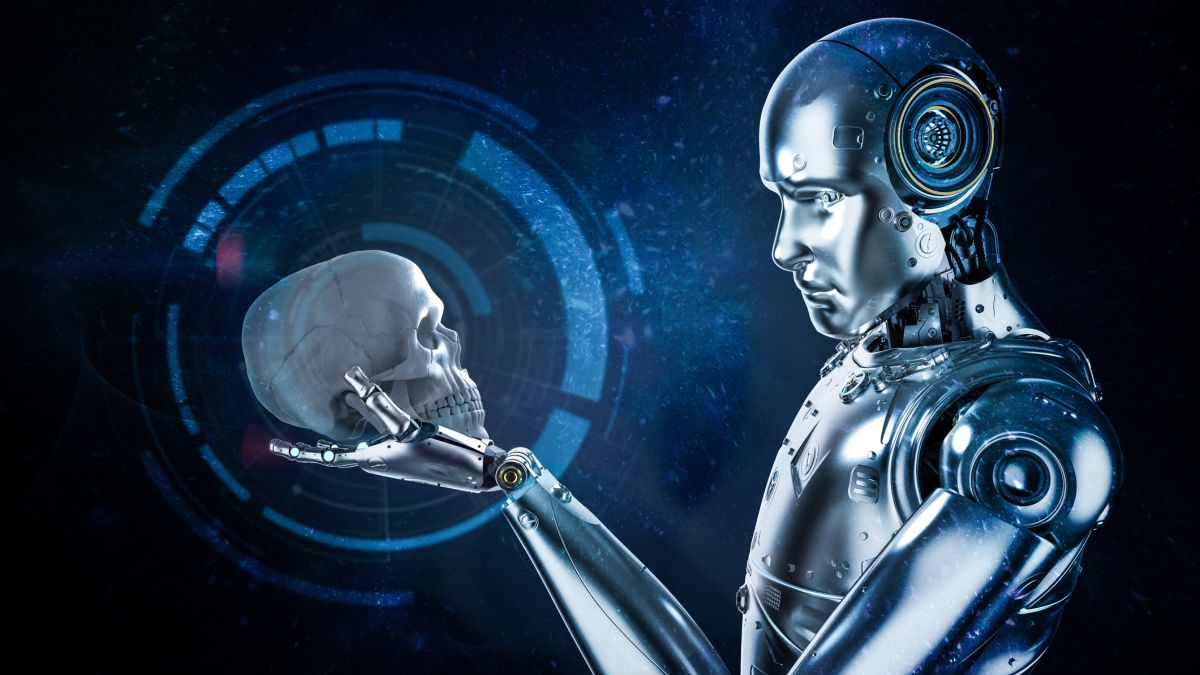Digital necromancy or how artificial intelligence helps to “revive” the deceased: Necessary or dangerous?

Artificial intelligence is becoming the guru of “digital necromancy”, a kind of digital resurrection where deceased loved ones come back to life through texts written by them and photographs that you have stored at home.
In a nutshell, This concept refers to the mixture of the ancient practice of necromancy with the modern era of technology.. This phenomenon is currently based on generative AI, which not only focuses on the creation of texts, since image and video generators are also included in this field, such as the famous DALL·E 2 or even DALL·3 .
At first, everything focused on the deepfakes, technology that allows you to create fake but very realistic videos. Famous people like Bruce Lee, Michael Jackson and Tupac Shakur were digitally revived.
However, the arrival of more accessible AI models, such as OpenAI’s ChatGPT, among others, has democratized access to these technologies, bringing the digital resurrection into the hands of anyone.
getty
Digital necromancy now available to everyone
Even before ChatGPT became very famous in late 2022, some users were already exploring the possibility of communicating with deceased loved ones using this AI model, so there is no doubt that for many it was a real need and in this case they saw a simple way to do it.
In the case of ChatGPT, the chatbot is fed with texts or emails from the deceased person. The model uses this information to generate simulated responses that mimic the person’s style and way of expressing themselves..
On the other hand, DALL·E is an image generator that can create visual representations from written descriptions. If you are provided with detailed descriptions of what the deceased person was like, the model can generate truly terrifying images, but very accurate.
Without going any further now, companies like Here After and Replika have seen a clear widespread need and have made the decision to offer services based on generative artificial intelligence to digitally resurrect those who are no longer physically present.
A necessary advance or a dangerous game?
However, as expected, Not everything was going to be rosy and this advance has raised quite a few blisters among some sectors of society.. The idea of ”interacting” with digital simulations of deceased people is creating a lot of discomfort for some, who see this phenomenon as a kind of dark magic of the 21st century.
On the other hand, Some experts argue that digital necromancy crosses ethical and cultural boundaries. With all this, sociologists from the University of Liverpool wanted to provide more information regarding this increasingly common phenomenon.
For them, the idea of maintaining connections with the dead through texts, images and objects is not something new in human history. From portraits to photographs that everyone has at home, we have always looked for ways to preserve the memory of those who are no longer here.
They argue that generative AI is not introducing something new, but rather is evolving alongside existing practices of mourning and remembrance.. The concern that the deceased are “zombified” by being forced to say things they would not say in life is valid, but sociologists clarify that this is something that should be assessed on a case-by-case basis and see if it is an individual problem.
Of course, there is no doubt that it is something only reserved for the bravest, but it is true that it has been done for hundreds of years in different ways. Now it’s just an adaptation of necromancy to 2023 and Who knows what the future will hold with the large-scale presence of virtual reality or even the metaverse. Reconnecting with the deceased will little by little end up being more real.



